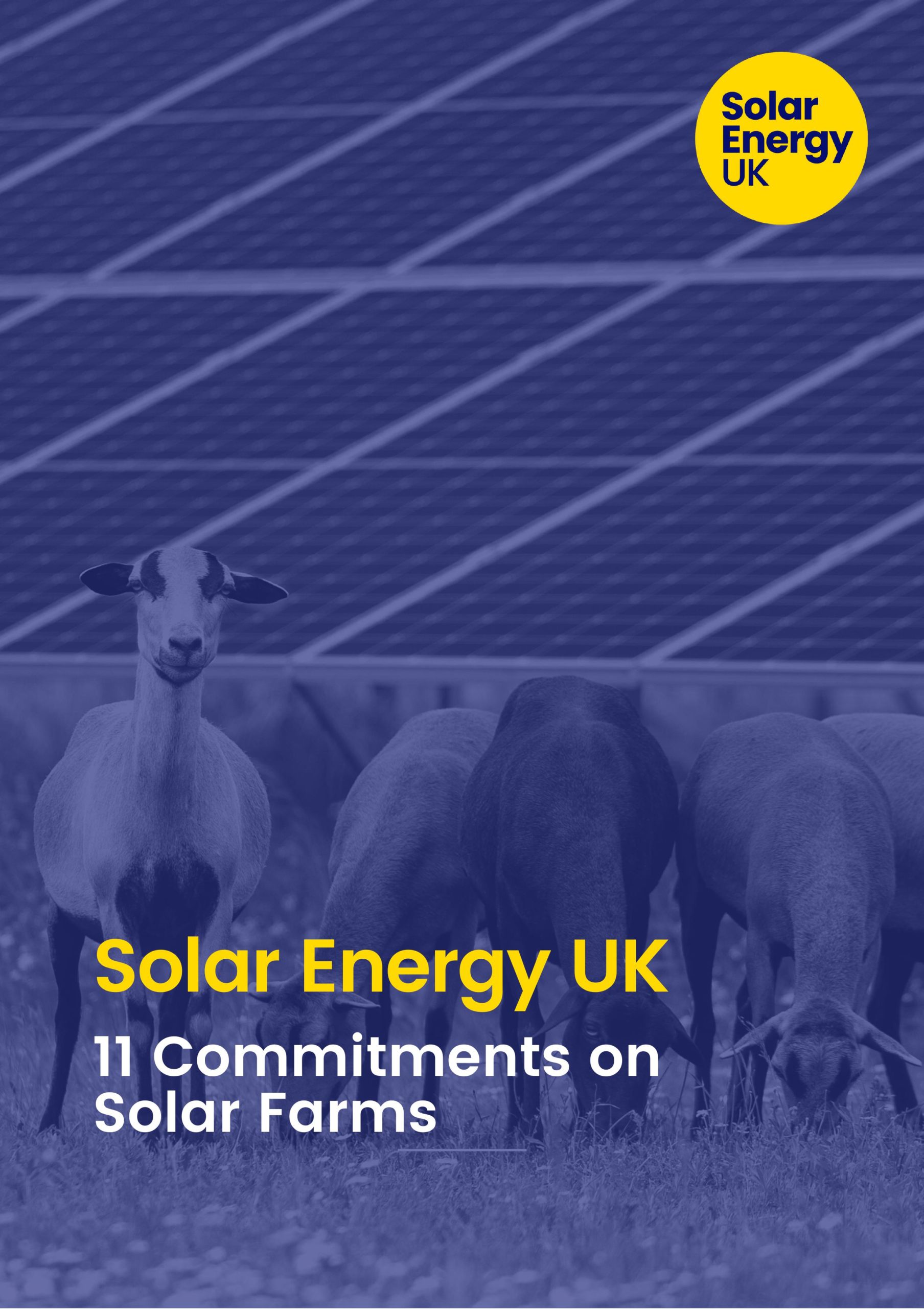Solar farm developers, builders or tenants who are members of Solar Energy UK will comply with the following best practice guidance:
1. We will develop on non-agricultural land or land which is of lower agricultural quality where this is available.
2. We will enhance the biodiversity and natural capital value of all solar sites, being sensitive and complementing nationally and locally protected landscapes and nature conservation areas.
3. We will deliver multi-functional land use by proposing co-location with agriculture and/or nature recovery projects for solar and energy storage developments.
4. We will minimise visual impact where possible, making visual enhancements, and including appropriate screening, such as tree planting and restoring hedgerows, throughout the lifetime of the project. These will be managed through landscape and visual impact assessments.
5. We will accommodate needs for rights of way and sites of archaeological importance
6. At the end of a project’s life, we will ensure full decommissioning of the equipment and return the land in a similar or improved state as before.
7. We will engage with the community in advance of submitting a planning application.
8. We will support the local economy through local business rates, diversification of farm income and encouraging as many employment and training opportunities locally as possible.
9. We will act considerately during construction and ensure all health and safety issues are addressed throughout the lifetime of the project.
10. We will engage and provide detailed information to the local community and listen to their views and suggestions, including the provision of specific community benefit schemes, or use of the site as an educational opportunity, where appropriate.
11. We will work towards the highest supply chain standards possible, working with the UK and European solar industry to do so. Please note that more information on this will be made public in Autumn 2022.
